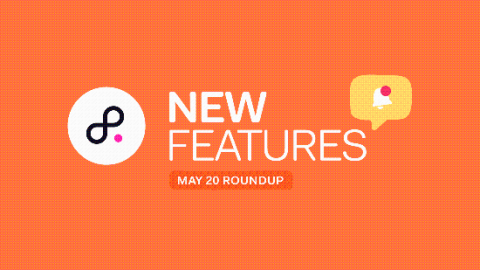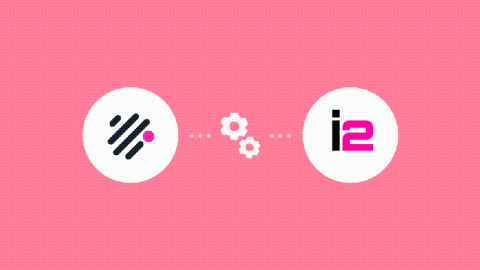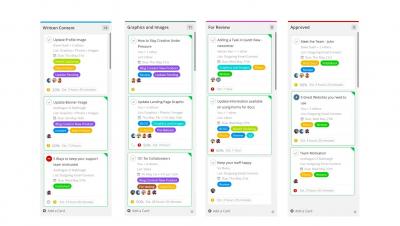What's new in Teamwork Spaces
With more and more teams switching to remote work, we’ve been working harder than ever to add new features that let your team collaborate, share knowledge, and stay in sync — even when you’re not in the same place. Here are some of the key features we’ve released recently.











